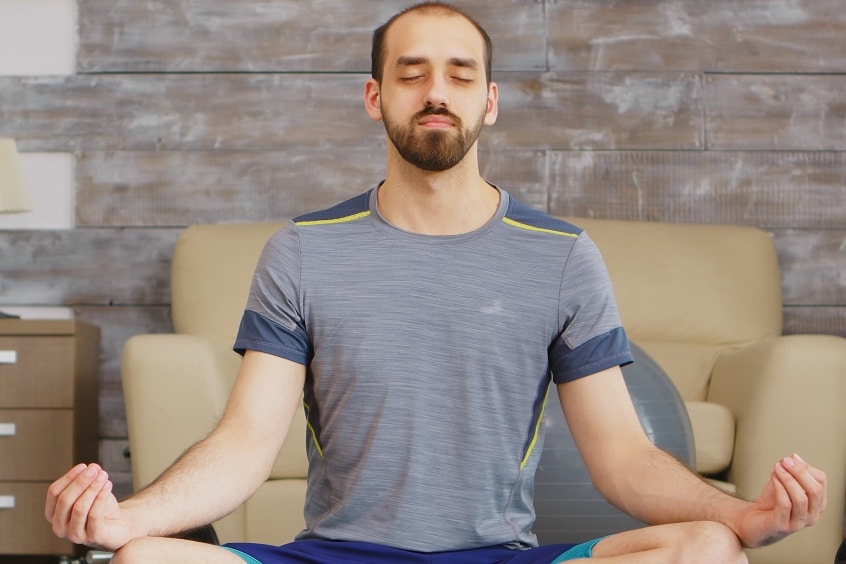Psychologist Scott Bishop defines mindfulness as “nonelaborative, nonjudgmental, present-centered awareness in which each thought, feeling, sensation that arises … is acknowledged and accepted as it is.”1
Our default state of being tends to be one of criticism and judgment. We have evolved by keeping ourselves safe from danger. We look for things to fix, we criticize our own actions and the actions of others, and we judge ourselves and the world we live in. This is how we protect ourselves, and keep ourselves safe.
“Judgement” is the key word to understanding everything that mindfulness is not. The purpose of mindfulness is to be truly aware of the present moment without judging it.
Imagine yourself trying something new and challenging, such as baking bread for the very first time. You’re likely a little nervous, making sure to measure out the ingredients just so, remaining cautiously aware of not “over-mixing” the dough. You wait hours for the dough to rise, and you put it in the oven, wait some more, then take it out only to discover an unrecognizable mess!
What is your first thought? Likely something along the lines of “Well, that was a huge failure. I guess I’m just no good at baking bread”.
Now imagine baking bread with a curious and active five-year-old. That kid wants to experience everything, right? The measuring, the pouring, the mixing, and definitely kneading the dough with her bare hands! The perfect loaf of bread is not the ultimate goal for her. Trying something new is. Playing with the dough is. Spending time in the kitchen with you is.
The child is not concerned with the end results of bread baking. She’s in it for the adventure, the experience, the play. And when the bread is no good? She may feel sad about it – for about a minute. Or maybe she’ll think it’s hilarious. Either way, it’s unlikely that she’ll interpret the inedible lump of dough as a “failure” on her part.
Therein lies the heart of mindfulness – to observe and experience our daily lives with curiosity and acceptance, without shame, criticism, or judgment.






















